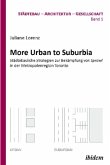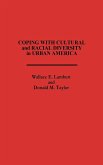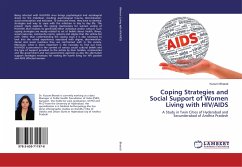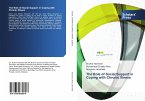Urbanization is the shift from a rural to an urban society, and involves an increase in the number of people in urban areas during a particular year. Ethiopia is one of the least urbanized countries in the world. It has only 18% of its population living in urban centers (PCC, 2008). However, given the 2.73% total annual population growth rate, high rate of in-migration to towns, and increase in the number of urban centers, the rate of urbanization is increasing at a rate of 4.4% (MoFED, 2006). Furthermore, the country¿s urban population is expected to grow on average by 3.98% and by 2050; about 42.1% of the total population is expected to be inhabited in urban centers (UN-HABITAT, 2007). The urban expansion adverse effect is more affects peoples that live on the urban rural fringe when a condition appear their farm land is taken and they become disguise. Because the farming land and the farming skill is the only resource those displaced farmers have. Therefore great care is necessary when peoples displaced from their original land and type of life.
Hinweis: Dieser Artikel kann nur an eine deutsche Lieferadresse ausgeliefert werden.
Hinweis: Dieser Artikel kann nur an eine deutsche Lieferadresse ausgeliefert werden.








